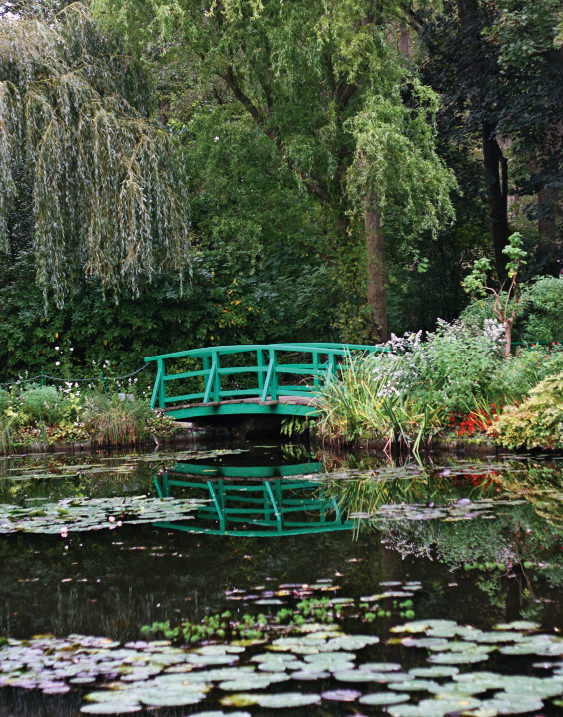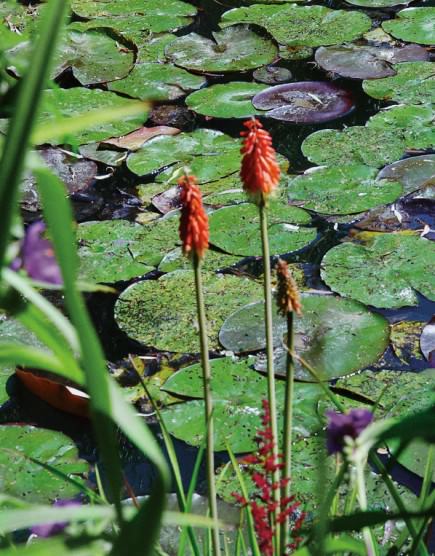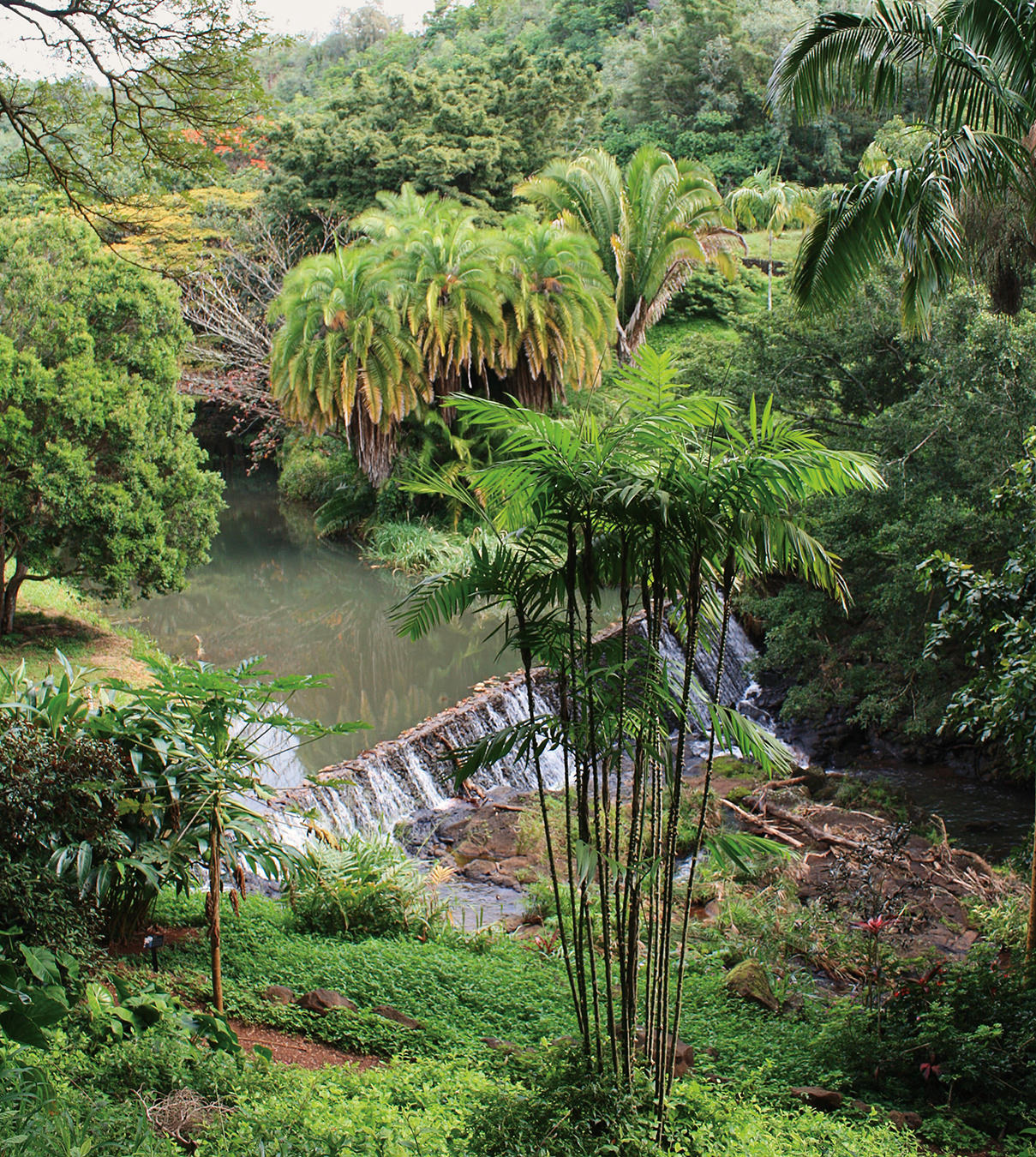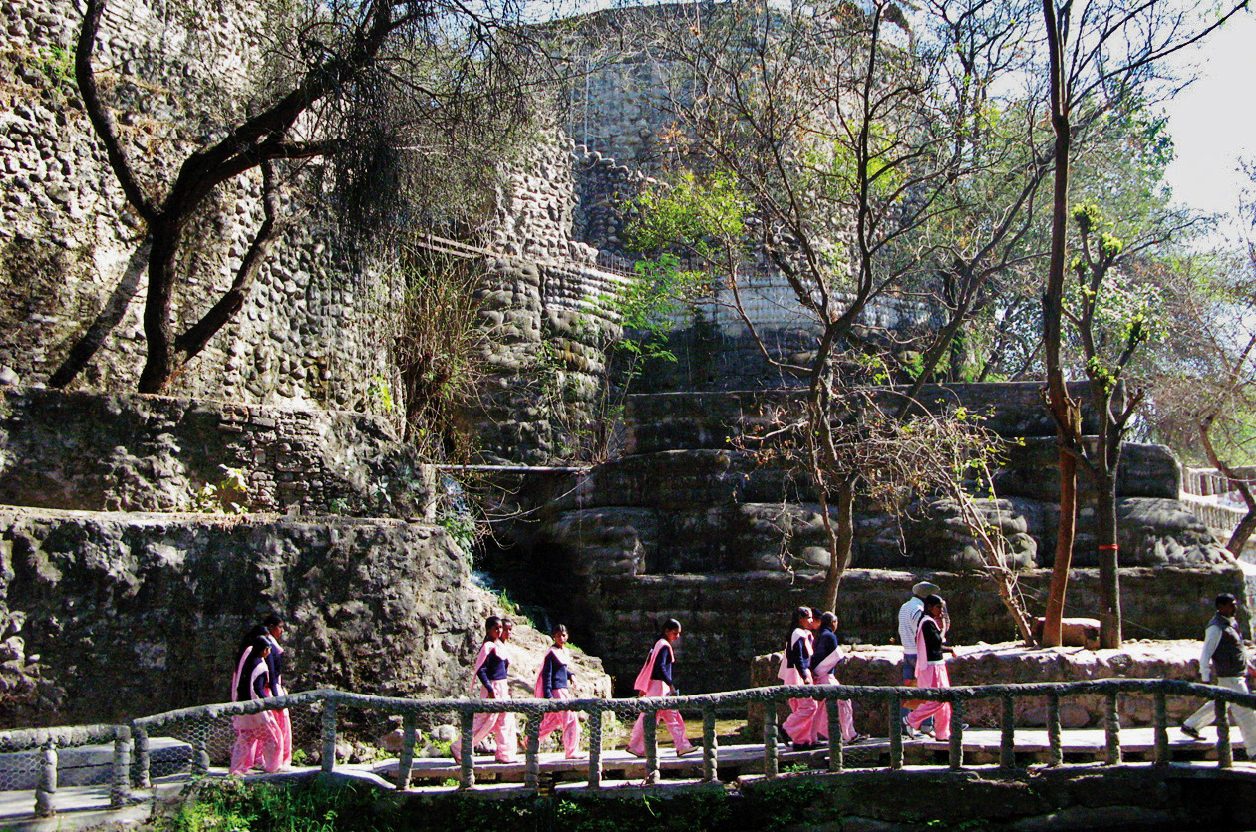Claude Monet’s Giverny
The artist's garden.

An outdoor canvas, Claude Monet’s garden is located in Giverny, France, about one hour west of Paris. Photo ©Phillip Jones.
If, in their geometry, the grounds at Versailles are a Bach fugue, Monet’s soft-focus plantings in Giverny are more a Debussy tone poem. “Monet would paint in layers, and I think he made his garden in the same way,” says British-born James Priest, who took on the role of head jardinier last year; he says of his new responsibility, “You have to look at it with a painter’s eye, rather than a gardener’s.” Hence the flamboyant scarlet and orange nasturtiums that rampage across the main allée, the swags of lush roses across the façade of the green-shuttered pink house, and the trio of pond, Japanese bridge, and water lilies that inspired some of Monet’s most transcendent work. What the painter found when, in 1883, he and his family moved to their new home an hour west of Paris was literally a stark contrast: dark, depressing, heavy on conifers. Priest explains that the subsequent makeover had a primarily artistic purpose: the abundance of flowers that Monet planted was “just to cut and paint on a rainy day.”
Open from April 1 to November 1, the garden benefits from the combination of a south-facing slope and a location on the Normandy border that lessens heat and aridity. “The biggest challenge is the weather,” says Priest, who, with rain forecast for tomorrow, will organize lawn mowing at the upcoming daily meeting with his staff of 10. But today it’s sunny, and the flower beds explode with densely packed colour. “This is getting towards a cottage garden,” says Priest, explaining how such a profusion of plants tends to crowd out mauvaises herbes. “We try to use as little weed killer as possible. We do a lot by hand,” including culling slugs and snails. “Certain plants are weak. I’d like to try and build up their strength,” he says. This year, Priest plans to pick nettles to use as fertilizer.

Photo ©Nic Taylor.
“What you’re seeing today is a modern interpretation … It’s not intended to be a copy,” Priest says. In Monet’s time, once the irises had faded, the artist would simply move his easel to another spot. Priest points out that Giverny’s half-million annual visitors would not accept that. “We try to keep the garden looking good all year-round. This is a reinvention of Monet’s garden, a series of modern canvases. Everywhere you turn, you can take a picture.”
Priest lives next door, and works weekends in his own plot, which, in contrast to Giverny, he says, has very little colour. He spent the previous 17 years transforming a Rothschild property, but he sees his new task differently. “I’ve inherited this garden,” he says. “You don’t make your mark. You’re taking care of it, and respecting it.”
Right now, he’s putting together a master plan, a blueprint for the future of the garden’s flowers. “I’m looking at it as a painting, using stronger pigments. If Monet came back,” says Priest, “I’d hope I’d got things right.”
Top photo ©Phillip Jones.




